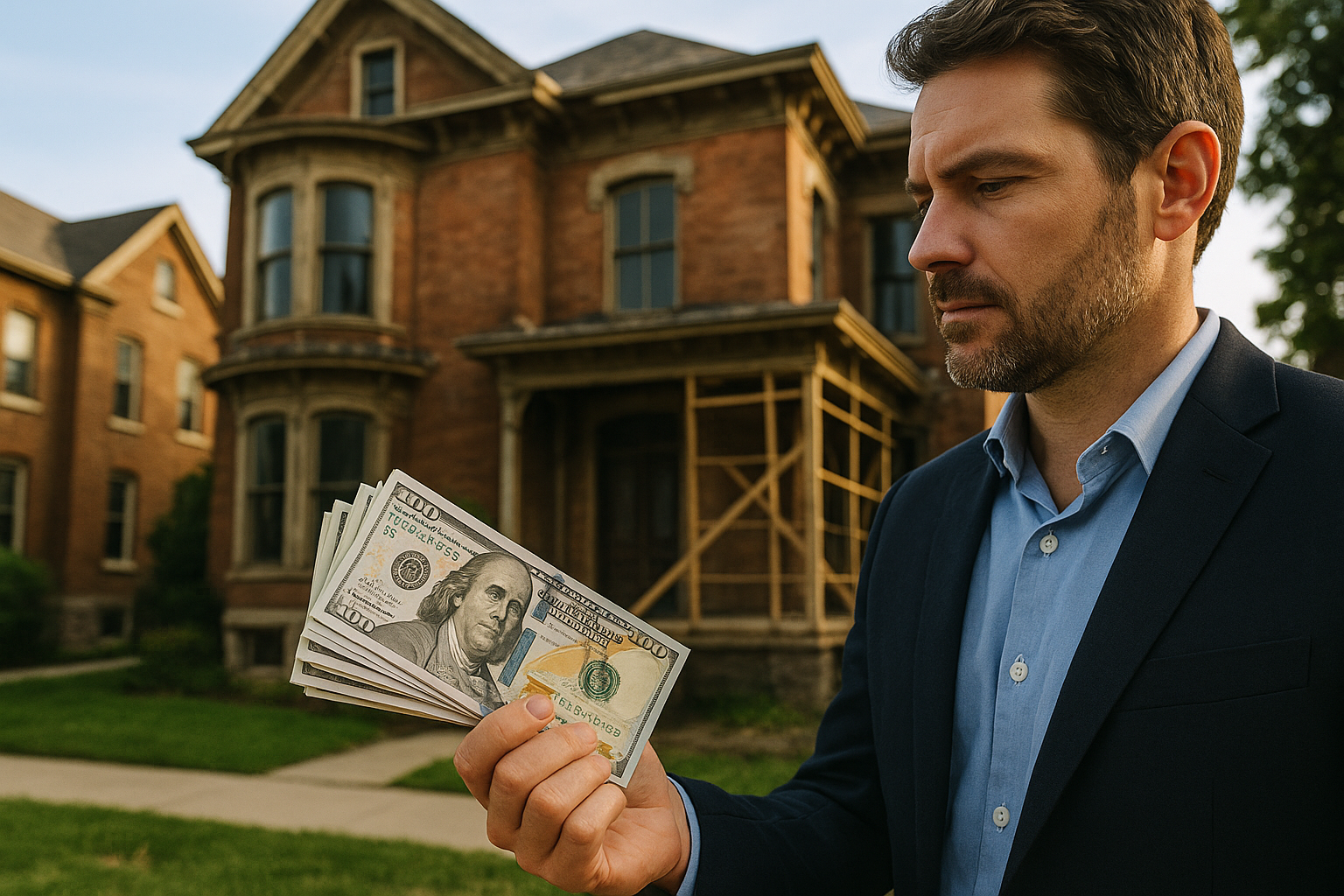Discovering Abandoned Houses in Australia: A Comprehensive Guide for 2025
Australia's vast landscape is dotted with forgotten structures, each telling a unique story of the past. For urban explorers, history enthusiasts, and potential investors, abandoned houses offer a fascinating glimpse into yesteryear. This comprehensive guide for 2025 will walk you through the process of finding, understanding, and potentially acquiring abandoned properties across Australia.

What are the most effective ways to find abandoned houses in Australia?
Finding abandoned houses in Australia requires a combination of research, networking, and exploration. Start by utilizing online resources such as government property databases and real estate listings that may include neglected properties. Local historical societies and urban exploration forums can provide valuable insights into lesser-known abandoned sites. Driving through rural areas and older suburbs can also yield discoveries, as can speaking with long-time residents who may know of properties that have fallen into disuse. Always ensure you have legal permission before entering any property, as trespassing laws are strictly enforced in Australia.
How do notable abandoned houses in Australia compare?
Australia boasts a diverse range of abandoned houses, each with its own unique characteristics and historical significance. The Larundel Asylum in Melbourne, Victoria, stands as a haunting reminder of early mental health practices, while the abandoned mining town of Wittenoom in Western Australia tells a cautionary tale of industrial hazards. In New South Wales, the Monte Cristo Homestead is renowned for its paranormal reputation. These properties differ in size, architectural style, and state of decay, but all offer valuable insights into Australia’s past and the factors that lead to abandonment.
What are the legal considerations when exploring abandoned houses?
Exploring abandoned houses in Australia comes with significant legal considerations. Trespassing laws vary by state and territory, but generally, entering private property without permission is illegal. Some abandoned properties may still have owners, even if they appear neglected. It’s crucial to research property ownership and obtain necessary permissions before exploring. Additionally, urban exploration can be dangerous due to structural instability or hazardous materials. Always prioritize safety and respect for the property and its potential historical value.
What tips should potential buyers know about abandoned houses in Australia?
For those interested in purchasing abandoned houses, thorough due diligence is essential. Start by verifying the property’s ownership status and any outstanding liens or taxes. Conduct a comprehensive structural assessment to understand renovation needs and potential hazards like asbestos or lead paint. Research local zoning laws and heritage listings that may affect renovations or usage. Consider the property’s location and potential for appreciation. Networking with local real estate agents specializing in distressed properties can provide valuable insights and opportunities.
What unique insights can be gleaned from Australia’s abandoned houses?
Australia’s abandoned houses offer a window into the country’s social, economic, and environmental history. Many rural properties tell the story of changing agricultural practices and population shifts from country to city. Abandoned mansions in urban areas often reflect economic booms and busts. Some properties, like those in former mining towns, showcase the impact of industrial decline. These abandoned structures also serve as time capsules, preserving architectural styles and personal artifacts from bygone eras. For researchers and historians, they provide invaluable data on Australian life and societal changes over time.
What are the current price trends for abandoned houses in Australia?
The pricing of abandoned houses in Australia varies widely based on location, condition, and potential use. Urban properties in desirable areas can command high prices despite their condition, while rural abandoned homes may be significantly cheaper. Here’s a comparison of estimated price ranges for abandoned houses in different Australian regions:
| Region | Urban Abandoned House | Rural Abandoned House | Heritage-Listed Abandoned Property |
|---|---|---|---|
| New South Wales | $300,000 - $1,000,000+ | $50,000 - $300,000 | $500,000 - $2,000,000+ |
| Victoria | $250,000 - $800,000+ | $40,000 - $250,000 | $400,000 - $1,500,000+ |
| Queensland | $200,000 - $600,000+ | $30,000 - $200,000 | $300,000 - $1,000,000+ |
| Western Australia | $180,000 - $500,000+ | $20,000 - $150,000 | $250,000 - $800,000+ |
| South Australia | $150,000 - $400,000+ | $15,000 - $120,000 | $200,000 - $600,000+ |
Prices, rates, or cost estimates mentioned in this article are based on the latest available information but may change over time. Independent research is advised before making financial decisions.
Abandoned houses in Australia represent a unique intersection of history, opportunity, and challenge. Whether you’re an urban explorer seeking to document these forgotten places, a history buff eager to uncover stories of the past, or an investor looking for a unique property opportunity, abandoned houses offer something for everyone. As with any property-related endeavor, thorough research, legal compliance, and safety considerations should always be your top priorities when engaging with these fascinating remnants of Australia’s past.




